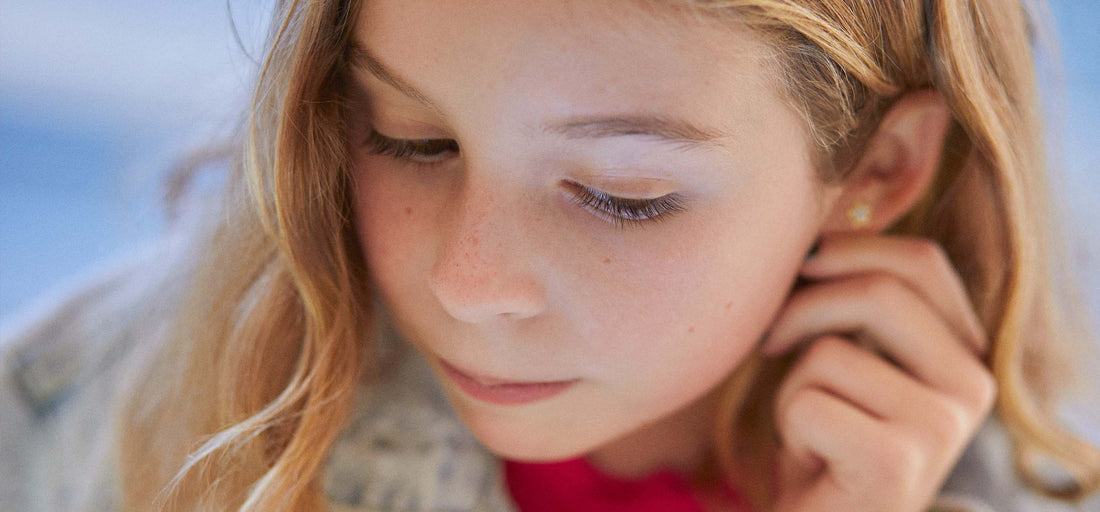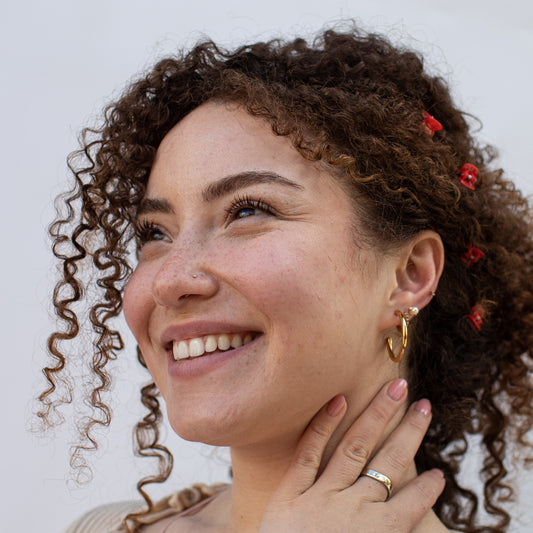Re-Piercing Safely
A Guide to Medical Ear Piercing for Piercing Repairs

What is re-piercing?
A re-piercing refers to piercing an area that was previously pierced but has since closed. There are many reasons why someone may need to have their ears re-pierced, such as:
- An earring has been left out too long and the piercing has closed
- Piercings have sagged with age
- Piercings have routinely been snagged on clothing, stretching the piercing
- The placement looks off
- The piercing got infected and earrings had to be removed
Medical ear piercing repairs involve a professional approach to re-piercing, ensuring the process is safe, sterile, and suits your individual healing needs.
Is it safe to re-pierce an ear that had a previous issue?
“You and a Rowan nurse will discuss the precise location where you would like the re-piercing. In general, fresh, unscarred areas will heal better and are less likely to stretch or pull through the ear. If scar tissue from the original piercing interferes, the nurse will place the new piercing as close as possible to the previous location, without piercing through scar tissue,” says Dr. Charles Thorne, member of Rowan’s Medical Advisory Board & Chairman of the Department of Plastic Surgery at Lenox Hill Hospital and Manhattan Eye, Ear, and Throat Hospital.
It’s important to communicate with your nurse early. Make sure they are aware of what happened last time, what the healing process was like, and any concerns you may have. Keeping an open dialogue will help your nurse to make a better decision about the safety of re-piercing, allowing you and your nurse to work together to find a piercing placement that you love and, more importantly, is safe for your individual concerns.
How long should you wait before re-piercing an ear?
It’s important to remember that everybody heals differently. But, on average, we recommend waiting at least two weeks for a piercing to heal enough to re-pierce the location safely. Our Rowan nurses provide complimentary evaluations to determine whether you’re ready to be re-pierced.
If you have additional concerns about your piercing healing, please contact your healthcare provider for evaluation.



